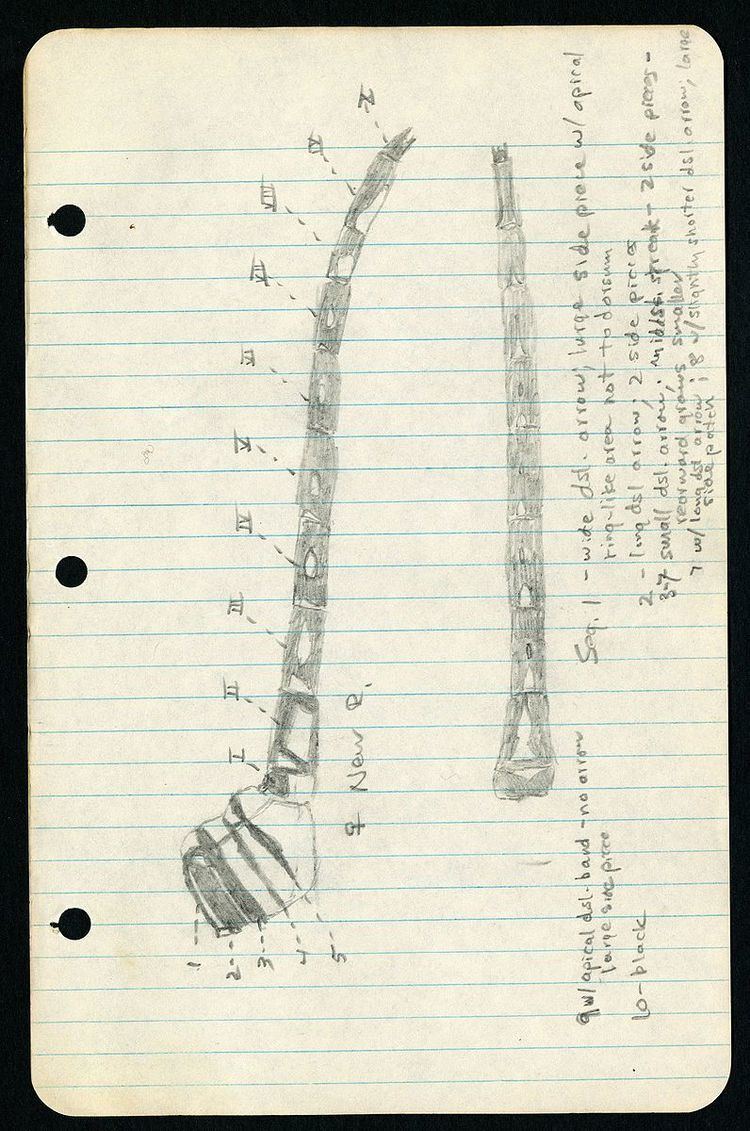 | ||
Fieldnotes refer to qualitative notes recorded by scientists or researchers in the course of field research, during or after their observation of a specific phenomenon they are studying. The notes are intended to be read as evidence that gives meaning and aids in the understanding of the phenomenon. Fieldnotes allow the researcher to access the subject and record what they observe in an unobtrusive manner.
One major disadvantage of taking fieldnotes is that they are recorded by an observer and are thus subject to (a) memory and (b) possibly, the conscious or unconscious bias of the observer. It is best to record fieldnotes immediately after leaving the site to avoid forgetting important details.
Fieldnotes are particularly valued in descriptive sciences such as ethnography, biology, geology, and archaeology, each of which have long traditions in this area.
Structure
There are two components of fieldnotes: descriptive information and reflective information.
Descriptive information is factual data that is being recorded. Factual data includes time and date, the state of the physical setting, social environment, descriptions of the subjects being studied and their roles in the setting, and the impact that the observer may have had on the environment.
Reflective information is the observer's reflections about the observation being conducted. These reflections are ideas, questions, concerns, and other related thoughts.
Fieldnotes can also include sketches, diagrams, and other drawings. Visually capturing a phenomenon requires the observer to pay more attention to every detail as to not overlook anything.
